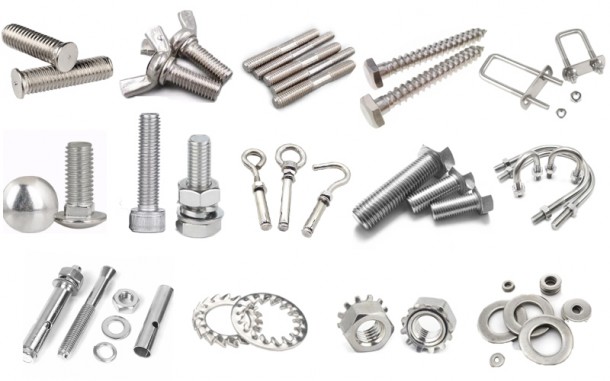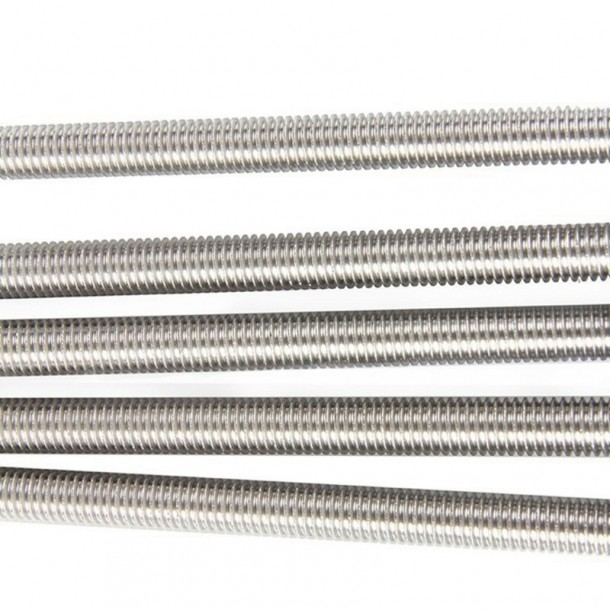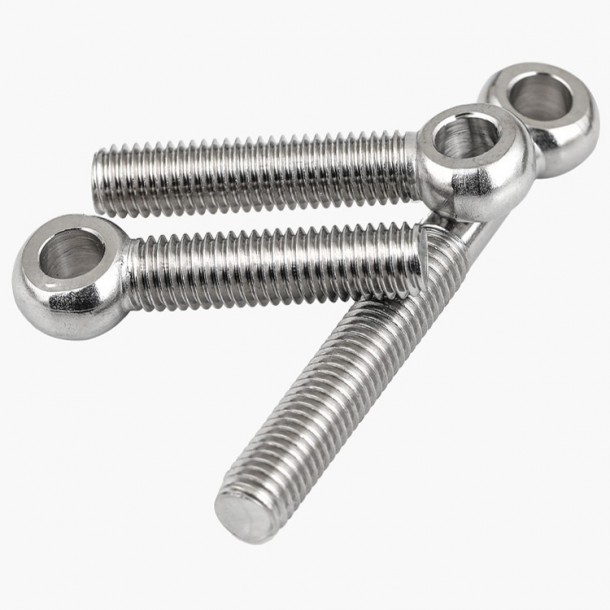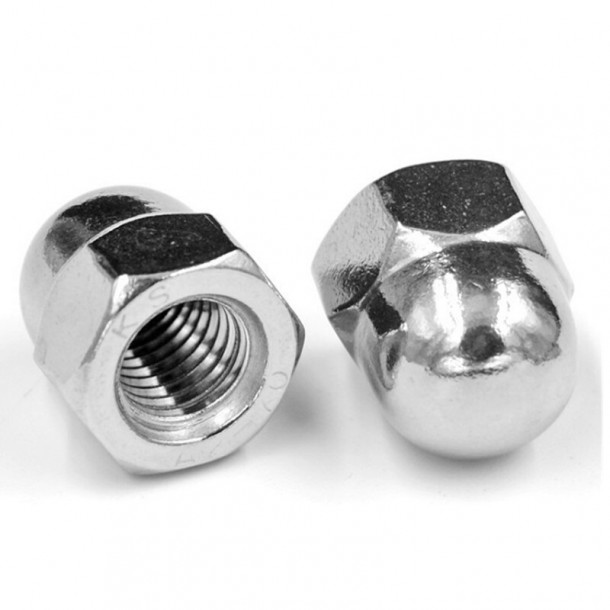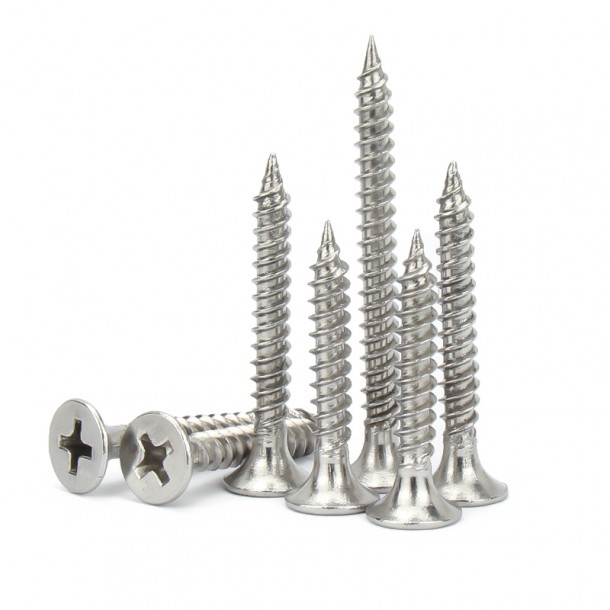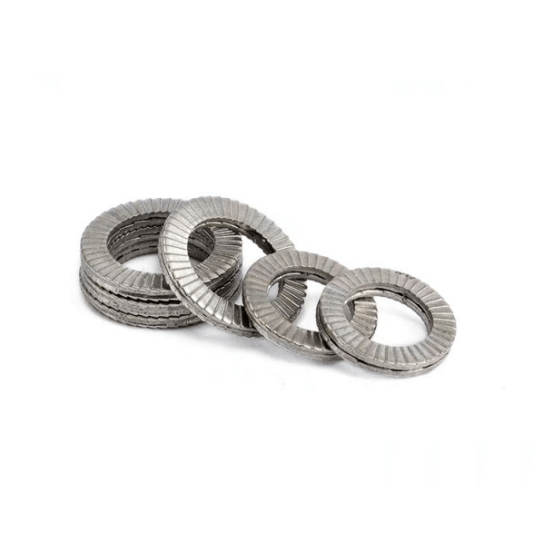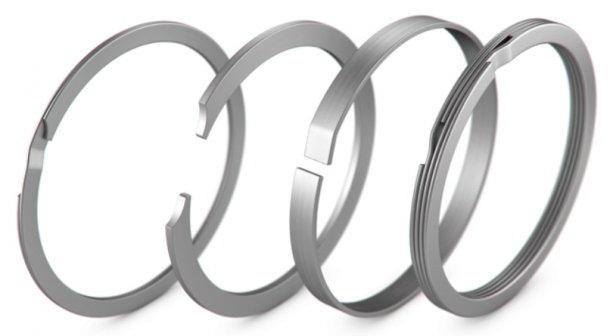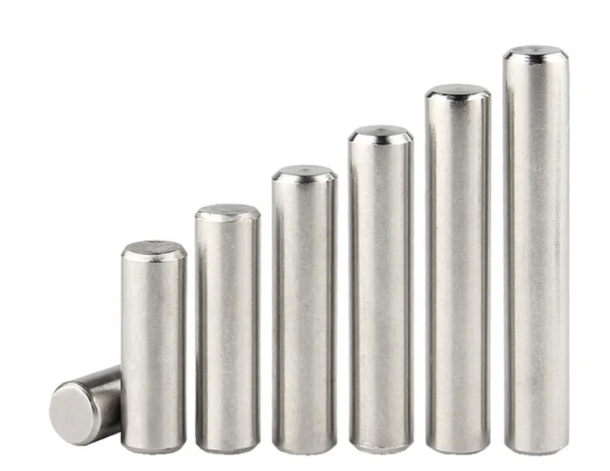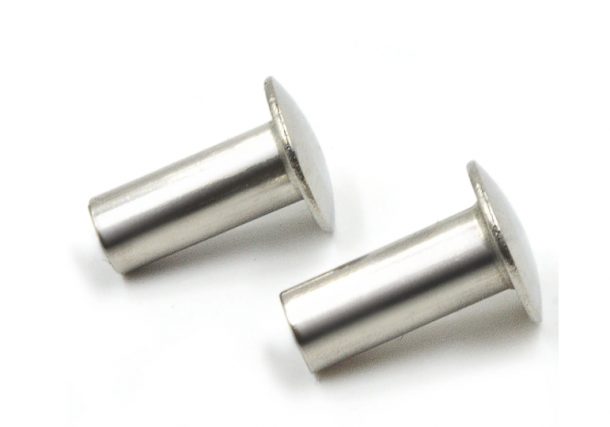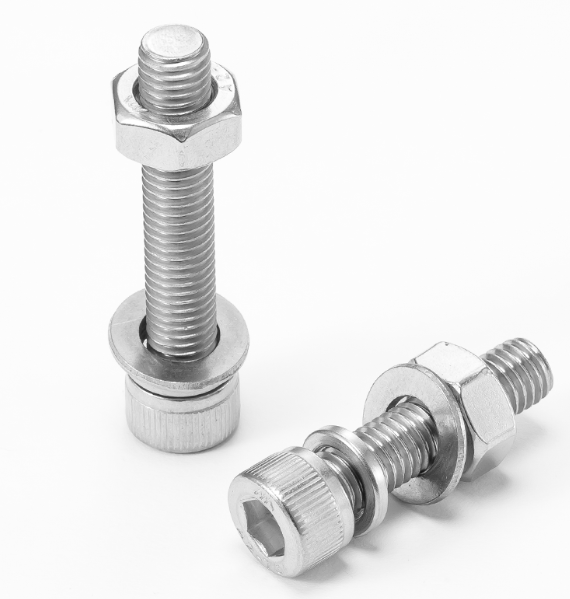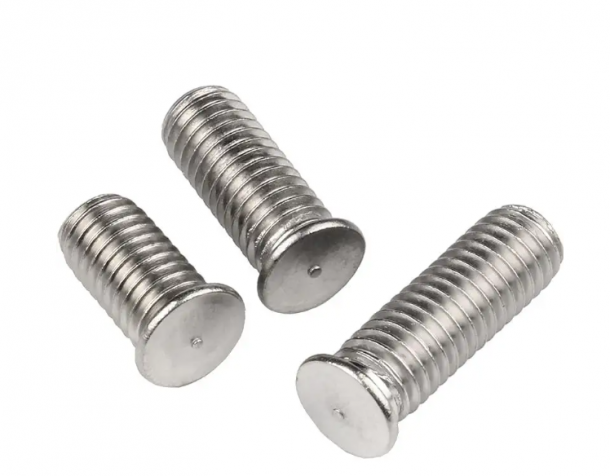Stainless steel fasteners are a specific professional term concept that includes a wide range of products. Stainless steel fasteners are usually used to fasten more expensive machine parts because of their appearance, durability, and strong corrosion resistance.
Stainless steel standard fasteners usually include the following 12 types of parts:
1. Bolt: A type of fastener consisting of a head and a screw (a cylinder with an external thread). It needs to be matched with a nut and is used to fasten two parts with through holes. This type of connection is called a bolt connection. If the nut is unscrewed from the bolt, the two parts can be separated, so the bolt connection is a detachable connection.
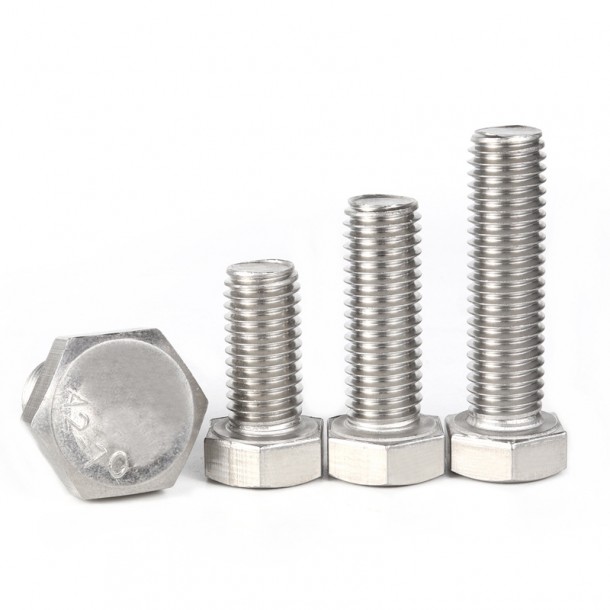
2. Stud: A type of fastener that has no head and only has external threads on both ends. When connecting, one end of it must be screwed into the part with an internal thread hole, the other end must pass through the part with a through hole, and then the nut is screwed on, even if the two parts are tightly connected as a whole.
3. Screws: They are also a type of fasteners composed of two parts: a head and a screw. They can be divided into three categories according to their uses: machine screws, set screws and special-purpose screws. Machine screws are mainly used for parts with a tightening threaded hole. The fastening connection with a part with a through hole does not require nut cooperation (this form of connection is called a screw connection and is also a detachable connection; it can also be used with Nut fit, used for fastening connection between two parts with through holes.) Set screws are mainly used to fix the relative position between two parts. Special-purpose screws such as eye screws are used for lifting parts.
4. Stainless steel nuts: with internal threaded holes, generally in the shape of a flat hexagonal cylinder, or flat square cylinder or flat cylinder, used with bolts, studs or machine screws to fasten two parts. Make it a whole piece.
5. Self-tapping screws: Similar to machine screws, but the threads on the screw are special threads for self-tapping screws. It is used to fasten and connect two thin metal components to make them into one piece. Small holes need to be made in advance on the structure. Since this kind of screw has high hardness, it can be directly inserted into the hole of the component to make the component in the middle. Forms responsive internal threads. This type of connection is also a detachable connection.
6. Wood screws: They are also similar to machine screws, but the threads on the screws are special threads for wood screws. They can be screwed directly into wooden components (or parts) and are used to attach a metal (or non-metal) with a through hole. The parts are fastened together with a wooden component. This connection is also a detachable connection.
7. Washer: A type of fastener that is shaped like an oblate ring. Placed between the supporting surface of bolts, screws or nuts and the surface of the connected parts, it plays the role of increasing the contact surface area of the connected parts, reducing the pressure per unit area and protecting the surface of the connected parts from being damaged; another type of elastic washer, It can also prevent the nut from loosening.
8. Back-up ring: It is installed in the shaft groove or hole groove of machines and equipment, and plays the role of preventing the parts on the shaft or hole from moving left and right.
9. Pins: Mainly used for positioning parts, and some are also used for connecting parts, fixing parts, transmitting power or locking other fasteners.
10. Rivet: A type of fastener consisting of a head and a nail shank, used to fasten and connect two parts (or components) with through holes to make them a whole. This form of connection is called rivet connection, or riveting for short. Belongs to a non-detachable connection. Because in order to separate two parts that are joined together, the rivets on the parts must be broken.
11. Assemblies and connection pairs: Assemblies refer to a type of fasteners supplied in combination, such as a combination of a certain machine screw (or bolt, self-supplied screw) and a flat washer (or spring washer, locking washer): connection A pair of fasteners refers to a type of fastener that is supplied by a combination of special bolts, nuts and washers, such as a pair of high-strength large hexagonal head bolts for steel structures.
12. Welding nails: Because of the heterogeneous fasteners composed of light energy and nail heads (or no nail heads), they are fixed and connected to a part (or component) by welding method so that they can be connected to other stainless steel standard parts. .
Material
Stainless steel standard parts have their own requirements for production raw materials. Most stainless steel materials can be made into steel wires or rods for fastener production, including austenitic stainless steel, ferritic stainless steel, martensitic stainless steel, and precipitation hardening stainless steel. So what are the principles when selecting materials?
The selection of stainless steel materials mainly considers the following aspects:
1. Requirements for fastener materials in terms of mechanical properties, especially strength;
2. Requirements for corrosion resistance of materials under working conditions
3. The requirements of the working temperature on the heat resistance of the material (high temperature strength, oxygen resistance and other properties):
Production process requirements for material processing performance
5. Other aspects, such as weight, price, procurement and other factors must be considered.
After comprehensive and comprehensive consideration of these five aspects, the applicable stainless steel material is finally selected according to relevant national standards. The standard parts and fasteners produced should also meet the technical requirements: bolts, screws and studs (3098.3-2000), nuts (3098.15-200) and set screws (3098.16-2000).
Post time: Jan-24-2024

